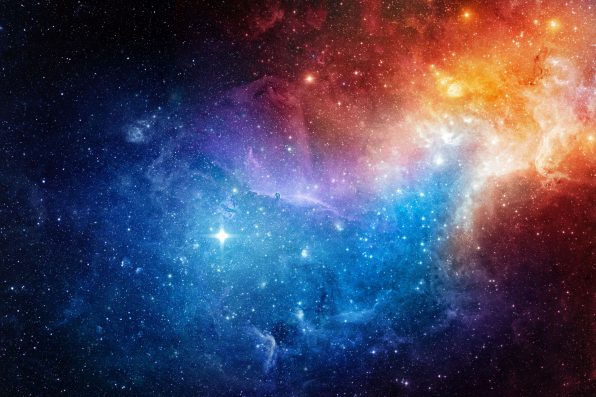Scientists Have Discovered Ancient Galaxies That Are Surprisingly Mature For Their Age, Packed With Ancient Stars In A Universe That’s Only 600 To 800-Million-Years-Old

The James Webb Space Telescope (JWST) has revealed ancient galaxies that are mature for their age. These galaxies were observed in the early universe, which is about 600 to 800 years after the Big Bang.
The characteristics of these cosmic objects are usually associated with much older galaxies. It’s akin to encountering a seven-year-old child with the maturity and wisdom of an adult in their 30s.
“We have confirmed that these appear to be packed with ancient stars—hundreds of millions of years old—in a universe that is only 600 to 800-million-years-old,” Bingjie Wang, the lead author of the study and a postdoctoral scholar at Penn State, said.
“Remarkably, these objects hold the record for the earliest signatures of old starlight.”
To have “old” stars in a young universe, they must have begun forming very early on in the universe’s history. It’s possible that they formed as early as 200 to 300 million years after the Big Bang.
This phenomenon challenges the standard models of galaxy evolution. Generally, current theories predict that galaxies gradually build up over time.
Additionally, researchers discovered evidence of supermassive black holes within the galaxies. They are estimated to be roughly 100 to 1,000 times larger than the one in our Milky Way.
It was understood that galaxies and their central black holes grow together over the course of billions of years, but the new finding has dashed all expectations. Now, astronomers have been left in a fog of bewilderment.
“It’s very confusing,” Joel Leja, a co-author of the study and an assistant professor of astronomy and astrophysics at Penn State, said.

Tryfonov – stock.adobe.com – illustrative purposes only
“You can make this uncomfortably fit in our current model of the universe, but only if we evoke some exotic, insanely rapid formation at the beginning of time. This is, without a doubt, the most peculiar and interesting set of objects I’ve seen in my career.”
To investigate the galaxies, the researchers looked at data from the telescope. They analyzed spectral measurements and the intensity of different wavelengths of light that the objects emitted.
This was how they were able to identify old stars and supermassive black holes. Then, they considered various scenarios for how much of the light came from stars or active black holes.
They found that the three galaxies in the early universe showed the existence of mature stars that were hundreds of millions of years old. The researchers also acknowledged some of the limitations of the study.
For one, it was difficult to accurately distinguish between light from stars and light from active black holes, which could lead to many possible interpretations of their ages. Secondly, the sample size was small, as only three galaxies were studied.
As space exploration continues with the use of advanced technology and tools, more complex and surprising discoveries can be expected.
The study was published in Astrophysical Journal Letters.
Sign up for Chip Chick’s newsletter and get stories like this delivered to your inbox.
More About:News